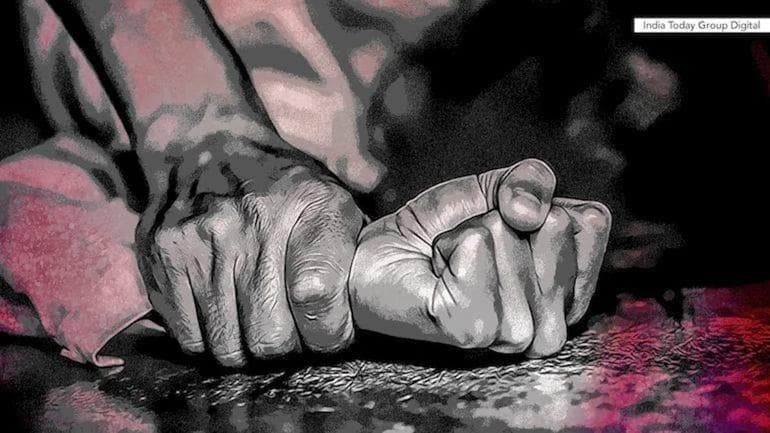FACTORS RESPONSIBLE FOR INCREASING SEXUAL ASSAULT
UPSC/TNPSC GENERAL KNOWLEDGE
Violence against women has an age-old history. Women worldwide have been forced to suffer abuses, harassment, torture, humiliation and exploitation since the inception of the society. In India, rape is a serious issue. The problem involves diverse dimensions including:
Treating Women as Inferior: Our society is still finding it difficult to accept even the basics of gender equality. We still have very high rates of child marriage, teenage pregnancy, and domestic violence including marital rape. The notion that women are less important is deeply rooted in the minds of common people. This proves to be endemic because it leads to male superiority in the sense that women are there to serve men. So, the need is to bring down the idea of gender equality from the unheard articles of the Constitution to homes, schools, workplaces and everyday life because like everything else, change starts at the grass-root level.
Low Representation of Women: Research shows that having women in government can lead to more and better laws that safeguard women’s well-being. India’s population is 48% female. But women hold just 12% seats in national legislature. In short, women are nowhere to be seen. The key to making people accept the first point is to increase the representation of women in every sphere of life. They have been suppressed since centuries, so maybe it’s the right time to give them a hand while they try their hardest to rise.
The Lack of Gender Education: Indians generally are not comfortable talking about sexuality, reproductive rights, menstruation or sexual desire – anywhere – whether it is our home or our classroom or the workplace. Some small changes in adolescent education and even earlier in primary school might address the root cause of the problem. But our governments and society outrightly discard this because they hold the notion that sexual education equals to encouraging sex.
Ignoring the Relationship between Poverty and Violence: Whether it’s the Delhi rape case of 2012 or the recent one in Hyderabad, both cases seem to exhibit a pattern. This is a very critical issue to address the relationship between predatory sexual violence and urban destitution — an enormous, unsolved challenge in India. Being exposed to violence right from birth does not promote a sense of the integrity or the delicacy of the human body or respect for laws and moral values.
The Stigma and Blame Attached to Rape: After the Delhi rape case, some very prominent Indian politicians including an High Court Judge, emphasized the damage done to female dignity rather than the horrific violence, as if vaginal purity were the main casualty.
Similarly, the culture of victim blaming is equally disappointing. It is true that changing these attitudes – for instance, the tendency to question a woman’s clothes and conduct, suggesting she ‘invited’ or did not ‘resist’ rape – won’t happen overnight. But, the government can play a role in that change, and it must start now.
The Difficult Path to Justice: There are just too many laws in India and too little justice. The Verma committee formed after the Delhi rape case of 2012 recommended that rather than focusing on introducing new laws, the focus must be on implementation and sensitivity on the ground. If a woman is coming forward against the violence, then it becomes the duty of government and police that she must be provided with the protection (along with the witnesses) and counselling. Delayed trials, poor investigation, a low rate of conviction and impunity are some of the other areas which need improvement on the war-footing.




Comments
Post a Comment